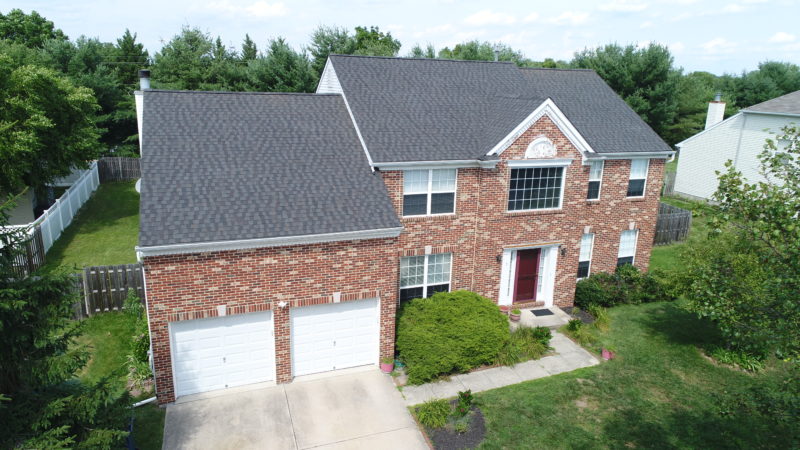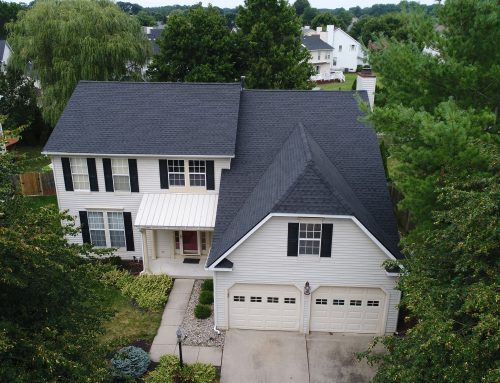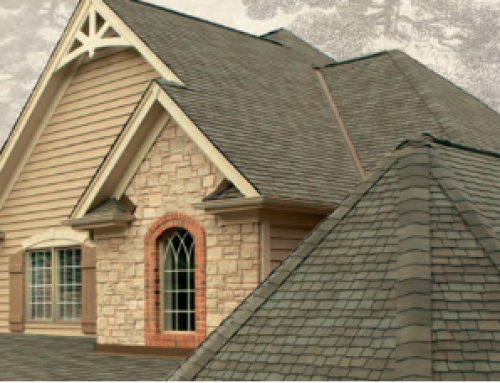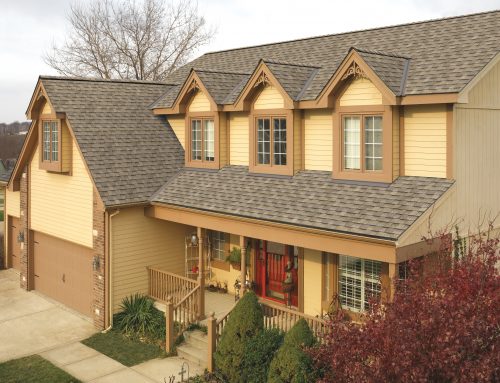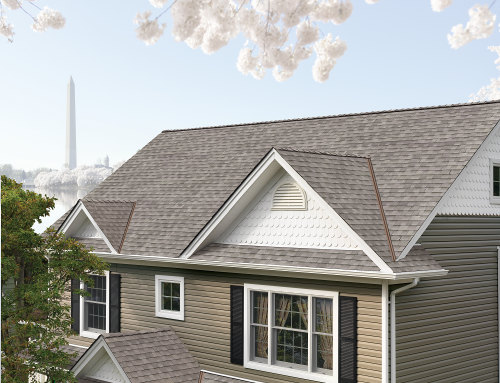Proper roofing ventilation plays a crucial role in ensuring a roofing system lasts longer and assists in preventing many expensive issues down the road. There are many moisture related deficiencies that proper ventilation can assist in minimizing — several different activities that homeowners do daily that emit moisture into our homes. Just existing alone places moisture into the air. But more specifically, cooking, moisture in the basement or crawl spaces, showering, you name it, all of these things create moisture in the air every single day. Even in some cases, the HVAC system is designed in such a way that it includes a Humidistat, which actually adds moisture through the home’s heating system. The warm moist air then rises into your attic, and when it hits cold plywood, it will condensate and moisture droplets will form on the bottom of your plywood. If it’s cold enough, it can even create ice, mold, rotten plywood etc. This is what proper ventilation assists in preventing. There are several different ways of ventilating a roofing system, some better than others, but today we will chat about five advantages of proper roofing ventilation: At Duane Mainardi Builders, we check both the intake and outtake. Occasionally the soffits are on top of plywood, and the air is not getting through there. If we find that ventilation is inadequate, we will offer the opportunity to remedy this issue at the time of your installation. 1) Temperature Moderation
2) Reduces Damage due to Moisture
3) Save Energy
4) Prevents Damage to Roofing Shingles
5) Minimization of Ice Damming
SCHEDULE A FREE IN-HOME CONSULTATION
5 Benefits of Proper Roofing Ventilation
Schedule Now Schedule Now
For more information about ventilation in South Jersey, call 609-923-4548 or contact us online. Don’t forget about our FREE roofing estimate!


